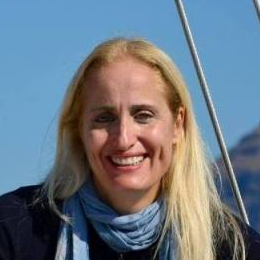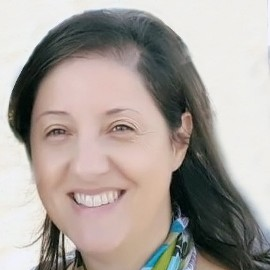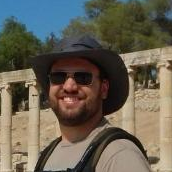3D Reconstruction and Data Analysis: Cutting-Edge Techniques for Terrestrial and Marine Environments
A special issue of Applied Sciences (ISSN 2076-3417). This special issue belongs to the section "Earth Sciences".
Deadline for manuscript submissions: closed (31 August 2020) | Viewed by 25090
Special Issue Editors
Interests: seafloor mapping; tectonics; submarine volcanism; 3D reconstruction; physical geography; morpho-geodynamics
Special Issues, Collections and Topics in MDPI journals
2. CRUST- Interuniversity Center for 3D Seismotectonics with Territorial Applications, Italy
Interests: volcano-tectonics; active tectonics; aerial structure from motion; immersive virtual reality for Earth Sciences
Interests: GIS; story maps; physical geography; natural hazards; visualization; 3D models
Special Issue Information
Dear Colleagues,
This volume is focused on cutting-edge approaches and technologies for 3D reconstruction, visualization, data collection and analyses on derived 3D models, and high-resolution topography and bathymetry. Today, high-resolution 3D reconstruction is a key issue for mapping and interpretation of geological and geomorphic features, representing the primary, necessary step for the identification and characterization of geological sites and related geohazards. We would like to open the discussion focused on advances, new frontiers, challenges, and criticisms for 3D approaches in both an onshore and offshore environment.
This volume covers, without being limited to, the following techniques: Radar, LiDAR; terrestrial laser scanner (TLS); the photogrammetry and multibeam echosounder system (MBES)—performed on both manned and unmanned vehicles; the structure from motion technique applied to unmanned aerial vehicles (UAV or Drone); remotely operated underwater vehicles (ROV); field or underwater activity; 3D reconstruction and dense cloud analysis; merging of 3D points cloud with classical digital terrain models, derived from different techniques; virtual reality and other innovative methods; and examples of the practical use of such methods highlighting challenges and criticism.
Prof. Paraskevi NomikouDr. Fabio Luca Bonali
Dr. Varvara Antoniou
Dr. Fabio Marchese
Guest Editor
Manuscript Submission Information
Manuscripts should be submitted online at www.mdpi.com by registering and logging in to this website. Once you are registered, click here to go to the submission form. Manuscripts can be submitted until the deadline. All submissions that pass pre-check are peer-reviewed. Accepted papers will be published continuously in the journal (as soon as accepted) and will be listed together on the special issue website. Research articles, review articles as well as short communications are invited. For planned papers, a title and short abstract (about 100 words) can be sent to the Editorial Office for announcement on this website.
Submitted manuscripts should not have been published previously, nor be under consideration for publication elsewhere (except conference proceedings papers). All manuscripts are thoroughly refereed through a single-blind peer-review process. A guide for authors and other relevant information for submission of manuscripts is available on the Instructions for Authors page. Applied Sciences is an international peer-reviewed open access semimonthly journal published by MDPI.
Please visit the Instructions for Authors page before submitting a manuscript. The Article Processing Charge (APC) for publication in this open access journal is 2400 CHF (Swiss Francs). Submitted papers should be well formatted and use good English. Authors may use MDPI's English editing service prior to publication or during author revisions.
Keywords
- 3D environment reconstruction
- High-resolution topography/bathymetry
- Structure from motion/ photogrammetry
- Virtual reality
- 3D points cloud
- Radar
- LiDAR
- Terrestrial Laser Scanner (TLS)
- Multibeam Echosounder System (MBES)
- ROV/AUV photomosaic








